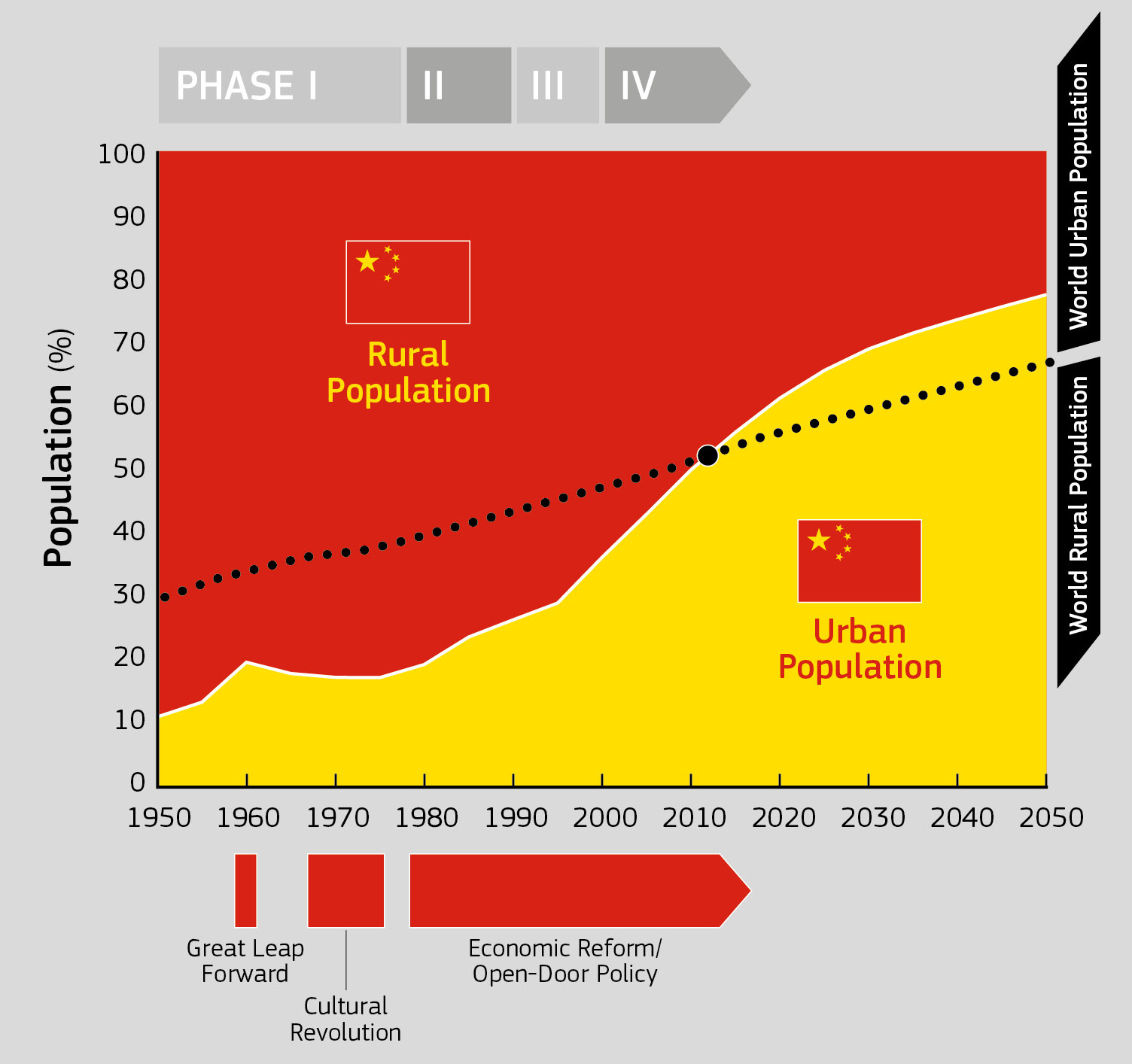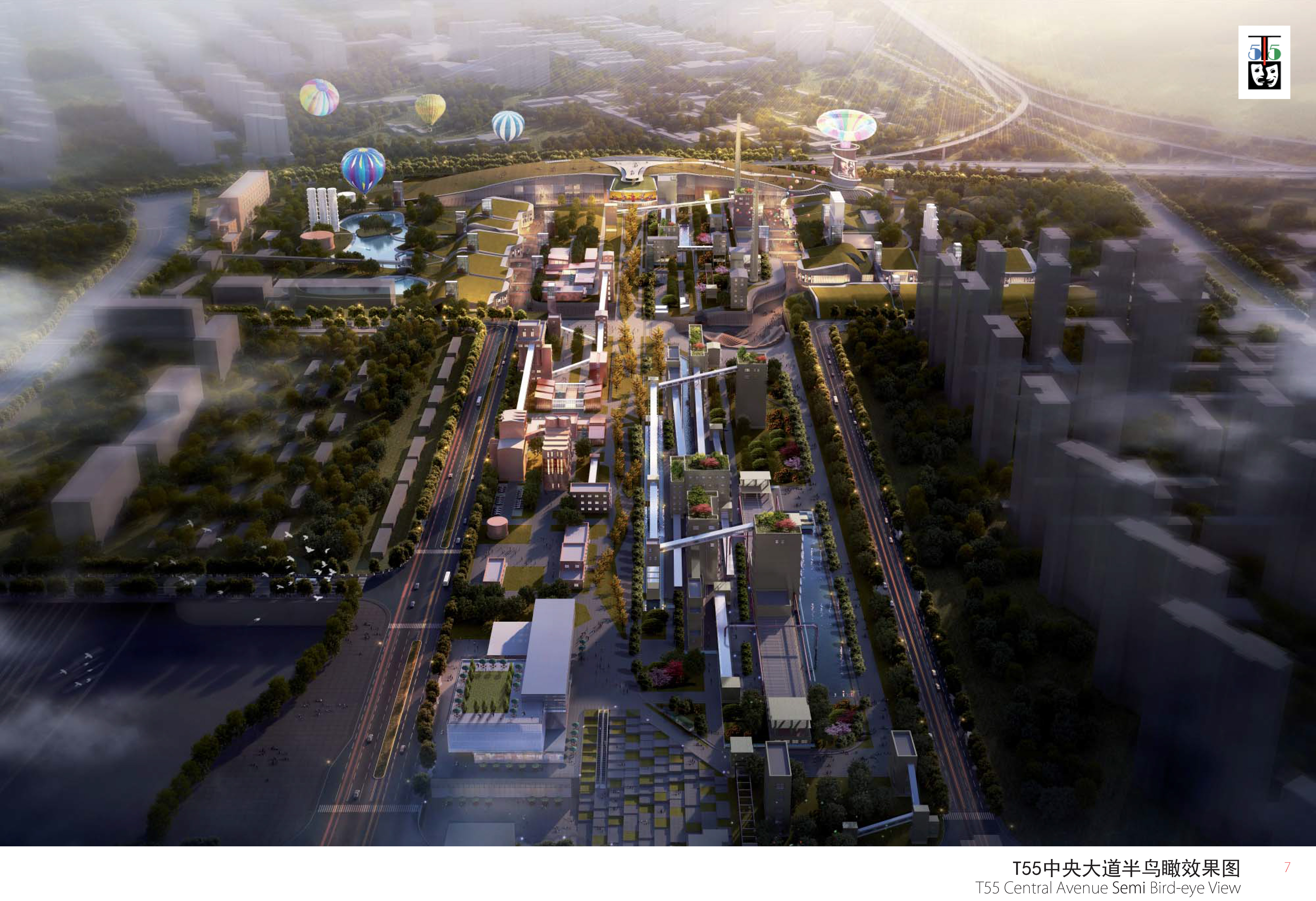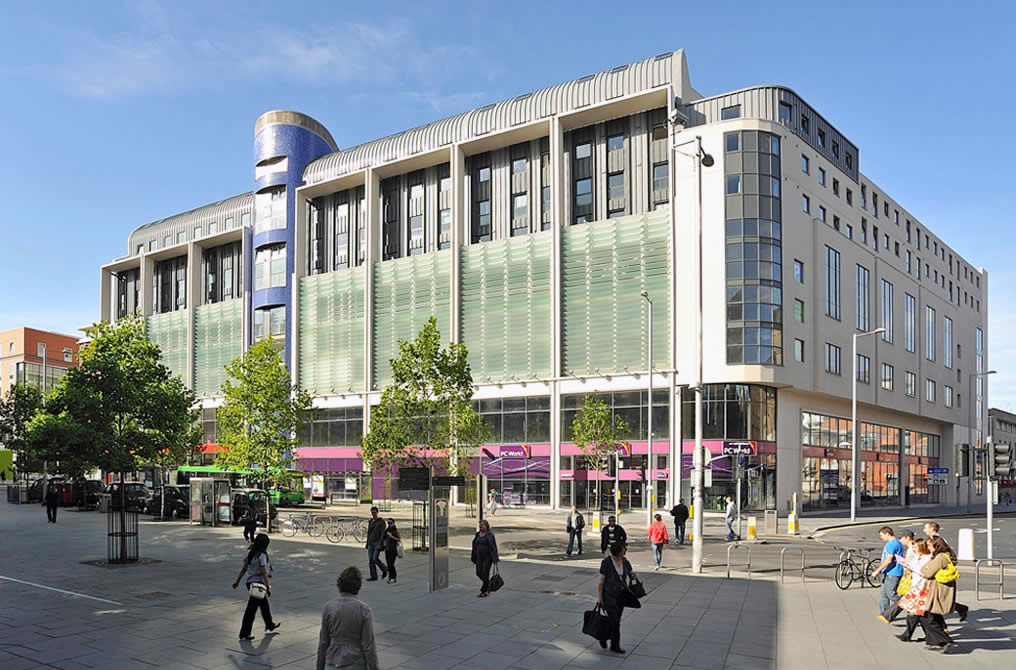News Information
2020-03-13
Series of Tweets (2): The Environmental Imperative to Develop Brownfield Sites and Requirement for Planning Legislation
Peter speaks on part 2. The urbanisation of populations across the world and specifically in China over the last 35 years necessitates the optimisation of use of Brownfield Sites in cities. In England in 1800 only 10% of its population lived in cities but today that figure is now 90%. China in the 1950’s had only 10% of its population living in cities but now that figure has risen to above the world average as the graph here shows. (Photo 1)
(Photo 2) Here is an example of one of Haskoll’s projects on Beijing’s 5th ring road for the conversion of a large petro chemical works to a new urban park based on entertainment, theatre and arts based uses.
(Photo 3) Haskoll project in UK in the city of Nottingham where an old multistory car park has been redeveloped into a mixed use high density project which includes shops, public car parking, and residential as well as enabling a modification of the cities road system to allow for a new public transport system that coordinates buses and a new tram system.
A significant challenge to the development of brownfield sites and particularly if they have been subject to heavy industry and pollution in the past is the cost of decontamination. This is where government legislation and sometimes funding are critical to the successful development of these sites.
Contamination in 7 different forms: 1. Threats to human health; 2. Damage to flora and fauna; 3. Contamination of ground water; 4. Damage to foundations and structures; 5. Settlement; 6. Subsidence; 7. Migration of contaminants to adjacent land
The main types of contaminant are: 1. Toxic or carcinogenic chemicals such as cyanide, arsenic, mercury and benzene; 2.Toxic or phytotoxic metals such as lead, chromium, nickel, copper, cadmium and zinc; 3.Organic contaminants such as oils, solvents and phenols; 4.Corrosive substances such as acids and sulphates; 5.Flammable, toxic or asphyxiating gases such as methane, hydrogen sulphide and carbon dioxide; 6.Combustible material; 7.Asbestos; 8.Radioactive substances
(Photo 4 & 5) Haskoll UK worked on for a city centre project creating a new public space for a satellite town to London which has since won many awards for public realm space and urban development. It had previously been a bus storage and maintenance depot with a dirty and polluted canal, a heavily polluted brownfield site and out of bounds to the public. After decontamination and beautiful design, it is a vibrant town centre space intensively used and successful socially and commercially improving the lifestyle of the people living and working in that city.




